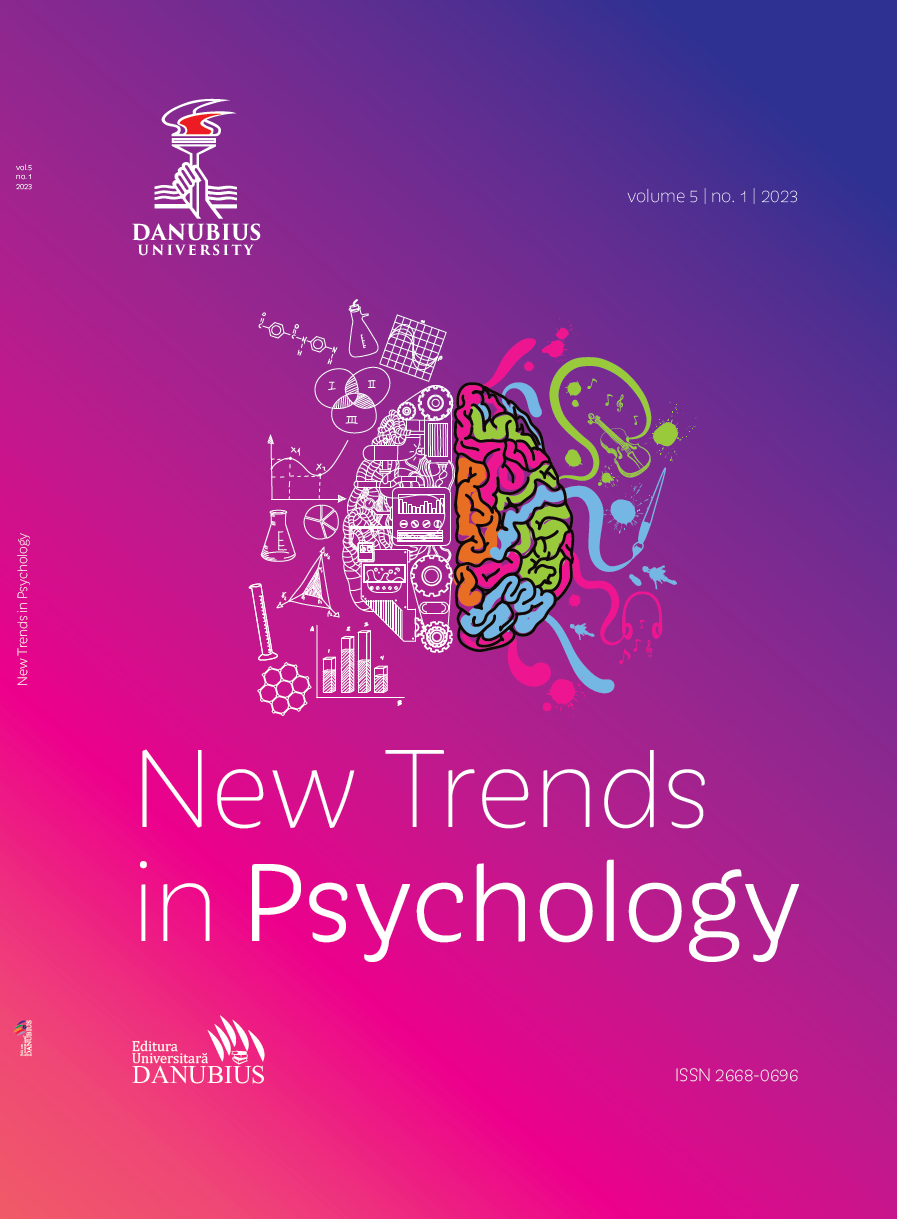The Effects of Audio-Visual Stimuli in the Development of Autism Spectrum Disorders in Children Aged between 6 And 30 Months
Keywords:
autism; audio-visual stimuli; children; autism spectrum disorders; M-CHAT-R/FAbstract
The earliest identifiable findings in autism indicate that the autistic brain develops differently
from the typical brain in the first year of life. Studies suggest that autism has an environmental
component that contributes to causation. Studies have shown an association between ASD and
increased childhood TV or smartphone screen exposure, suggesting childhood AV exposure as a
possible contributing cause of ASD. Infants are attracted to the salience of AV materials, but lack the
experience to recognize them as socially relevant stimuli. The research presents a developmental model
of autism in which exposure to screen-based AV in infants fosters non-social sensory processing
specialization in the brain. Through a process of neuroplasticity, the autistic infant develops skills that
are driven by AV viewing. This model explains atypical face and speech processing, as well as the
preference for AV synchrony over biological motion in ASD. Researchers studying autism causation
have largely ignored childhood AV exposure as a potential contributing factor. This study calls for
awareness of the association between early screen viewing and ASD.
References
*** (2011). Council on Communications and Media, Brown A. Media use by children younger than 2
years. Pediatrics;128(5), pp. 1040–1045. http://dx.doi.org/10.1542/peds.2011-1753.
*** (2013). V. Zero to Eight Children’s Media Use in America 2013. CommonSense Media. Fall.
Johnson, MH. (2001). Functional brain development in humans. Nat Rev Neurosci, 20, pp. 475–83.
Kuhl, PK.; Tsao, FM. & Liu, HM. (2003). Foreign-language experience in childhood: effects of shortterm
exposure and social interaction on phonetic learning. Proc Natl Acad Sci USA,100(15): pp. 9096–
http://dx.doi.org/10.1073/pnas.1532872100.
McEachin, JJ.; Smith, T. & Lovaas OI. (1993). Long-term outcome for children with autism who
received early intensive behavioral treatment. Am J Ment Retard; 97(4): pp. 359–372.
Orekhova, EV.; Elsabbagh, M.; Jones, EJ.; Dawson, G.; Charman, T.; Johnson, MH, et al. (2014). EEG
hyper-connectivity in high-risk infants is associated with later autism. J Neurodev Disord;6(1):40.
http://dx.doi.org/10.1186/1866-1955-6-40.
Rideout, VJ.; Vandewater, EA. & Wartella, EA. (2003). Kaiser family foundation zero to six: electronic
media in the lives of infants, toddlers and preschoolers. Fall.
Sallows, GO. & Graupner TD. (2005). Intensive behavioral treatment for children with autism: fouryear
outcome and predictors. Am J Ment Retard;110(6), pp. 417–38
Schumann, CM.; Bloss, CS.; Barnes, CC.; Wideman, GM.; Carper, RA.; Askshoomoff, N. et al. (2010).
Longitudinal MRI study of cortical development through early childhood in autism. J Neurosci, 30(12),
pp. 4419–4427. http://dx.doi.org/10.1523/jneurosci.5714-09.2010.
Shen, MD.; Nordahl, CW.; Young, GS.; Wootton-Gorges, SL.; Lee, A.; Liston, SE. et al. (2013). Early
brain enlargement and elevated extra-axial fluid in infants who develop autism spectrum disorder.
Brain 2013;136(9), pp. 2825–2835. http://dx.doi.org/ 10.1093/brain/awt166.
Downloads
Published
How to Cite
Issue
Section
License
Copyright (c) 2023 Valentina Nicoleta Tanasache

This work is licensed under a Creative Commons Attribution-NonCommercial 4.0 International License.
The author fully assumes the content originality and the holograph signature makes him responsible in case of trial.

